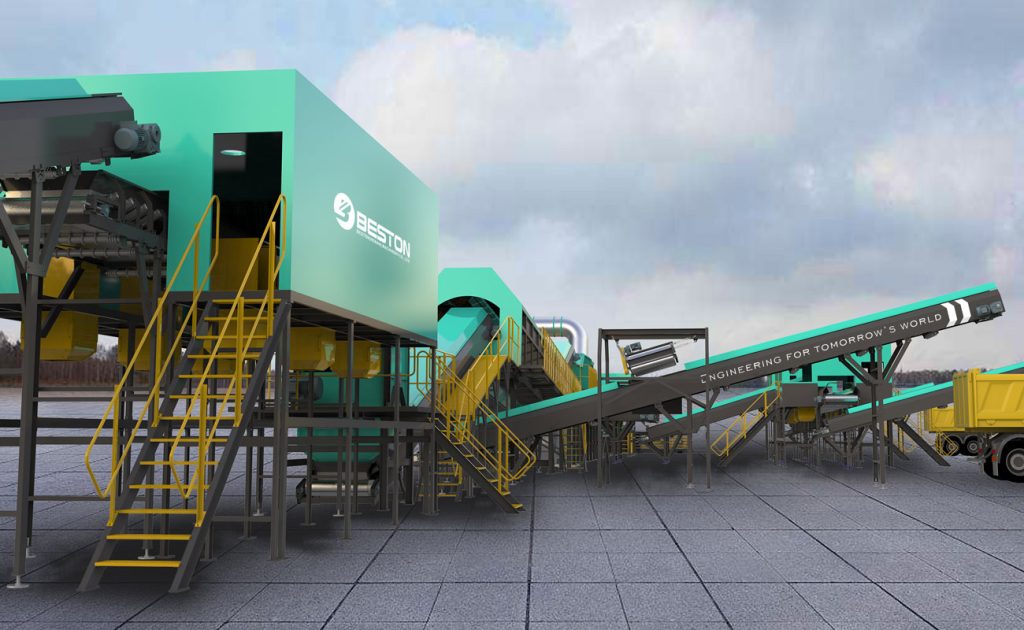In all, global waste output is mounting faster than it ever has. Municipalities, job sites, and businesses all ask the same question: How can they maintain their recycling program while dealing with more waste, higher standards for recycling, and still preserve their bottom line? The waste screening machine: one solution that’s both practical and highly effective. This technology optimizes processing, enhances recycling quality, and supports industries in achieving their sustainability targets.
What’s a Waste Screening Machine?
The waste screening machine is used to divide waste into different type, size, or weights. Instead of relying on manpower alone, care providers can make use of machines to:
- Identify recyclable items more effectively
- Suppress the impurities in the waste gas
- Prepare materials for additional processing
Automating sorting not only makes the processing process faster and cheaper, but it also minimizes the chance for human error.
How Screening Transforms Waste Management
Screening is more about sorting than just filtering. It actually delivers quantifiable gains in efficiency and safety:
- Accelerated process: Compared to man-operated, machines work with a greater onslaught of components all the time.
- Cleaner recycling streams: Lower contamination leads to better recycling.
- Cost savings: Increased accuracy reduces labor and disposal costs.
- Safer workplaces: Workers have less direct contact with toxic wastes.
These advantages now make the screening process a central component of present-day deduction strategies.
Types of Waste Screening Technologies
Not all waste is created equal, and neither are the machines for processing it. Common technologies include:
- Trommel Screens: Huge rotating drums that screen materials into their respective sizes.
- Vibratory Screens: Pick up and sorting of mixed waste with vibration.
- Disc Screens: Effective in deals with low weight of organic material.
- Hybrid Systems: System packages combining two technologies for that perfect balance when you need it.
Facilities select their system depending on what the waste is, how much there is, and what they want to achieve with it.
Industries That Rely on Screening
The waste screening machine is very versatile and is applicable to several industries:
- Household waste (municipal facilities): Deal with household rubbish from day to day.
- Construction, renovation, or demolition: Segregate wood, debris, concrete, and metals.
- Compost facilities: Restore organics from plastics and contaminants.
- Factories: Use scrap wastes and byproducts.
Their ease of integration into a broad range of production streams ensures that such screening machines can always show their worth
The Environmental Payoff
Apart from the efficiency improvement and cost saving, the environmental benefits are also remarkable. Screening means more materials are recycled rather than dumped in landfills. This reduces greenhouse gas emissions, saves resources, and promotes the worldwide trend towards a circular economy.
The Future of Screening Technology
Tomorrow’s screening systems will be smarter still, courtesy of automation, and artificial intelligence. Monitoring of process in real time, And hence, the process can be adapted to effectively manage mixed and difficult to manage waste stream. The waste sorter of the future will not only screen, but optimize entire recycling plants.
Conclusion
Any recycling factory with a vision has so much to gain from investing in a waste sorting machine. Not only do these machines lower costs and increase safety, but they also raise recovery rates and protecting the environment. The more technology progresses, the more their value will increase and they are a must purchase for a cleaner, sustainable world.



